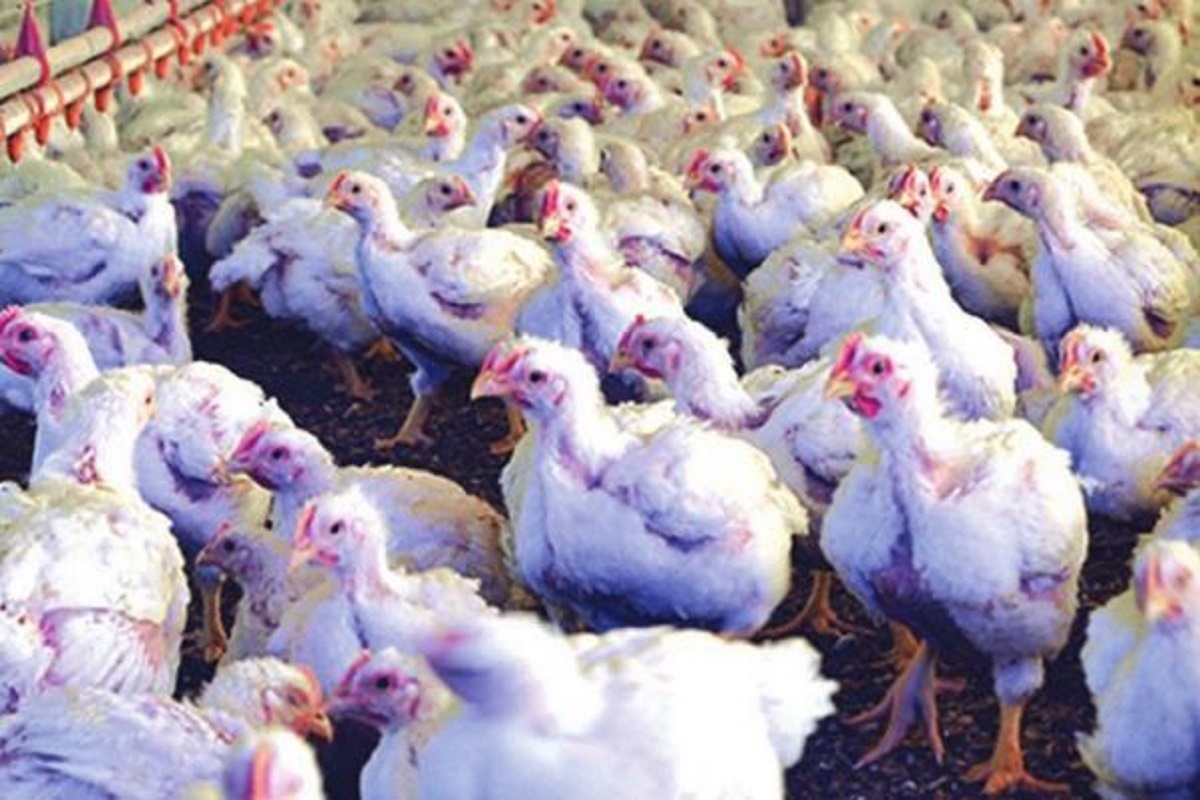Over the years we have been conditioned to like certain things and dislike others. Sometimes these likes come in waves called fashion and die out; others are ingrained in us over decades. We, in India , still haven’t in the 70 years of Independence, got over the belief that a fair complexion is better than a dark one. So it is with eggs. Most egg eaters believe that the yellower an egg, the better it is. If the yolk is orange-red, it has the most vitamins and Omega 3, and the least cholesterol.
This could be true if we were still eating eggs that came from chickens that roam in the sun, in open fields with good, “un-pesticided” grass with natural insects in it. But that time is long gone.
Advertisement
The eggs you eat are from industries called poultries and most chickens have never seen a green field. A “free range” egg simply means that instead of been crushed into cages, the chickens are brought up on the overcrowded cement floor of the factory. A yolk can only be yellow if the chicken is in natural sunlight and eats natural foods. High carotenoid foods, such as leafy greens and lucerne grass, make yolks a darker orange.
Otherwise the yolk remains pale white. And the consumer believes that he is eating a bad egg. So, poultries all over the world use chemicals as yolk colour enhancers.
These cosmetic food dyes are placed in feed pellets and carefully calibrated to get the desired yellow shade, or “ideal colour outcome”. In fact, egg shade cards (Roche Colour Fan) are freely available on the Net and are sold to poultries. The “free range” and “organic” poultry dyes will make you believe that their dyes are derived from capsicum, marigold or paprika. Fresh corn and turmeric extracts can make the yolk look more orange.
Peppers make it redder. The colour of the yolk, we believe, can inform us about the health and living conditions of the chicken. A darker orange yolk tells us that a chicken is eating a diet on open pasture, where it feeds on carotenoidrich grasses, insects, seeds, vegetables and flowers, and so is getting enough vitamins and carotenoids from the natural pigments of plants. Not true. They are being fed chemicals in the form of pigments. Yolk colour has no longer any relationship to quality or nutritive value.
All chickens in poultry factories are fed mainly cheap, non nutritious grain, and this produces a pale or white yolk. Poultry owners had discovered 60 years ago that they can control egg yolk colour. Giving yellow vegetables, like carrots and squash, in the food increases carotenoids and xanthophylls and makes the yolk a richer colour and the feed far more nutritious. Both the chicken and egg benefit. But natural foods are expensive products when the industry wants to sell eggs cheap. So they use chemical dyes.
These serve two purposes: they make the sick, malnourished chicken, brought up on an inappropriate diet of mainly grain to make it fatter quickly, look more orange. People will sometimes refuse to buy pale bodies. And they give the yolks colour. There are thousands of sellers of these dyes on the Net. Some sell marigold extract in both powder and liquid form – India is the top seller of these dyes. Most of the cheap, synthetic carotenoid dyes are manufactured in China.
Scientists have perfected 16 yolk colours in a yolk fan, which go from light yellow to intense orange and these are sold to different countries depending on consumer traditions. Here are some of the chemicals: Some are semi natural like Lutein, which the sellers claim is a purified extract of xanthophylls from marigold oleoresins, or oils mixed with potassium hydroxide, methanol or propylene glycol. The resulting chemical is called Zeanthaxin.
But, most are just synthetic chemicals like Rovimix Carophyll Yellow, Canthaxanthin and Xanthophyll B. Some of the dyes have iron oxides in them. There are hundreds of synthetic chemical dyes on the market. One of the largest international sellers is BASF, and they start their propaganda for chemical dyes by saying that poultry cannot produce carotenoids on their own so they have to fed them, as the market prefers chickens with more orange feet and deeper coloured yolk.
And feeding them natural food like marigold petals, turmeric etc. causes egg yolks to have varying colours and can only give a faint colouring of lemony yellow, so it is better for poultries to standardise their products and make their yolks a deep orange by using their products called Lucantin Yellow and Lucantin Red which have a chemical mysteriously called C-30.
Using chemicals is bad enough, but using banned ones is extremely dangerous. In a recent study “Effect of Pigments with Different Origins on Pigmentation and Performance of Broilers” by Tarique Tunio, Shuming Yang et al, of the State Key Laboratory of Agro-Product Quality and Safety, Institute of Quality Standards and Testing Technology for Agroproducts, Chinese Academy of Agricultural Sciences, Beijing China and Department of Agricultural Sciences, Faculty of Sciences, Allama Iqbal Open University, Islamabad, Pakistan, the scientists found that poultries are buying dyes which are a combination of lutein and synthetic canthaxanthin and orange-II.
Orange II, or Acid Orange 7, is a banned dye belonging to the class of Azo dyes. These Azo dyes are carcinogenic (Boeninger, 1980).
Many countries now regulate the use of azo-dyes in food products and the use of these dyes in food is strongly prohibited. But they are used freely in India in the dyeing industry. Orange II is used in inks, paper, paint coatings and plastics. Since the chemical is cheap and freely available, and makes the egg and chicken a deep yellow/orange, it is used by irresponsible poultry producers in the entire subcontinent and China.
The study discovered that natural Lutein had the best impact on colour. But it was expensive. Orange II had the same impact and it is very cheap. But while Lutein had no adverse impact on chickens, Orange II causes severe breast muscle fibrosis in chickens. Not only is that extremely painful for the birds, it also makes their meat very chewy and inedible after they are killed. Canthaxanthin, which is the second option, also caused fibrosis in chickens but to a lesser degree.
The study recommended that investigations be done to determine the effects and stop the use of authorised synthetic pigments being used in this large scale. So, what do these colouring agents do to you? They allow the poultry owners to feed their hens bad food, keep them in a state of malnutrition while pumping them with chemicals to keep them alive and artificially obese, and make the skin and eggs look healthy by colouring them.
The chickens would have gotten many more nutrients if they had really grazed in the open. A study done at Penn State University showed that chickens, who grazed outside and were given natural foods, had deep yellow yolks with twice the amount of Vitamin R, Omega 3 fatty acids and 38 per cent more Vitamin A than factory farmed eggs. Less cholesterol, less saturated fat.
Forget the chickens. When you eat the deep yellow yolk, you could be paving the way to cancer.
















